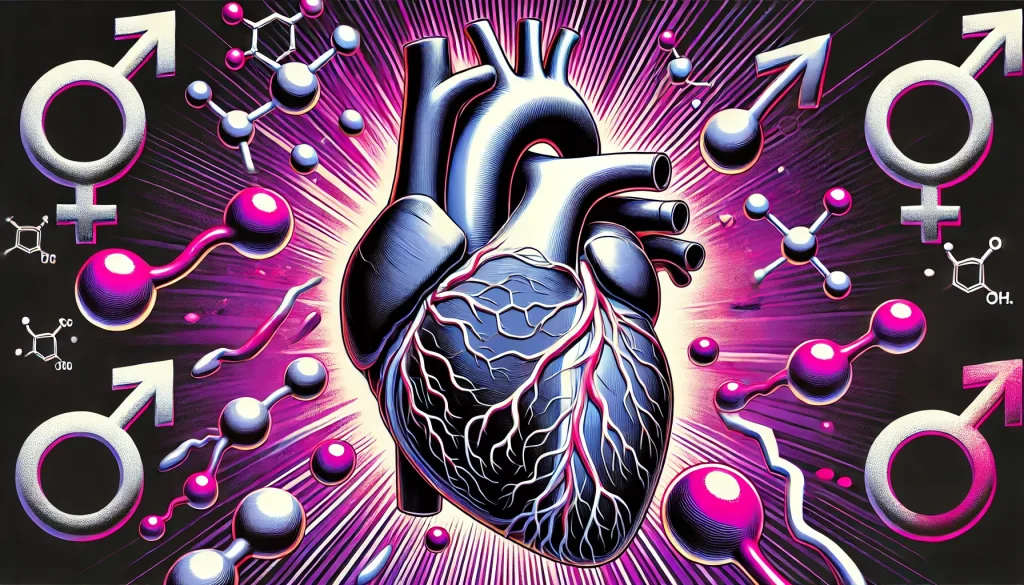Gender Differences in Skin Oxygenation in Young Patients with Type 1 Diabetes
In a recent study published in Biomedicines, researchers from the Medical University of Gdańsk explored how gender affects skin oxygenation in young patients with type 1 diabetes (T1D). This study sheds light on the subtle yet significant differences in how boys and girls with T1D experience skin oxygenation, which could have implications for their overall health and treatment.
The study involved 97 young patients, split into 42 boys and 55 girls, all of whom had uncomplicated T1D. The researchers found that girls had significantly higher resting transcutaneous oxygen pressure (TcPO2) compared to boys. This means that, at rest, the skin of girls with T1D was better oxygenated than that of boys. Interestingly, this difference persisted even after adjusting for factors like hemoglobin levels, blood pressure, and heart rate.
These findings are intriguing because they suggest that gender plays a role in how diabetes affects the body at a microvascular level. The study’s authors hypothesize that hormonal differences, particularly the presence of estrogen, might be responsible for this disparity. Estrogen is known to promote vasodilation, which could explain why girls had higher TcPO2 levels. This aligns with previous research indicating that estrogen enhances nitric oxide production, leading to better blood flow and oxygen delivery to tissues.
However, the study also found no significant gender differences in other microcirculatory parameters, such as capillary density and reactivity. This suggests that while estrogen might improve oxygenation, it doesn’t necessarily affect the structure or immediate reactivity of the microcirculation in the same way.
Comparing these findings with other studies reveals a complex picture. For instance, a study highlighted in Biomedicines found that women with diabetes generally show lower skin oxygenation levels compared to men, which contrasts with the findings in young patients. This discrepancy could be due to age-related hormonal changes, as estrogen levels decline with age, particularly after menopause. Another study noted that male diabetic patients tend to have higher skin oxygenation levels than female patients, linking this difference to varying levels of physical activity and cardiovascular health.
Moreover, research has shown that boys with T1D exhibit better vasodilatory responses compared to girls, which might seem contradictory at first glance. However, this could be due to different methodologies or the specific age groups studied. For example, boys might have a more robust response to thermal stimuli, which wasn’t the focus of the Gdańsk study.
The Gdańsk study also found that girls had lower blood pressure and higher heart rates than boys. These physiological differences didn’t seem to influence the gender disparity in basal TcPO2, but they do highlight the importance of considering multiple factors when assessing microcirculatory health.
Interestingly, the study also noted that girls had significantly lower hemoglobin levels than boys, likely due to regular blood loss from menstruation. Despite this, girls still had higher TcPO2 levels, suggesting that their bodies might have adapted to maintain adequate oxygenation despite lower hemoglobin. This adaptation could involve a rightward shift in the hemoglobin–oxygen dissociation curve, reducing the affinity for oxygen and facilitating its release to tissues.
While the study provides valuable insights, it also has limitations. For instance, it didn’t assess the patients’ body composition or hormonal levels, which could have provided more context for the findings. Additionally, the study excluded patients with longer diabetes duration or those with microangiopathic complications, which might limit the generalizability of the results.
In summary, this recent study underscores the importance of considering gender when analyzing microcirculatory health in young patients with T1D. The findings suggest that girls with T1D might have better skin oxygenation at rest compared to boys, potentially due to the protective effects of estrogen. However, more research is needed to fully understand the mechanisms behind these differences and how they might influence treatment strategies for young diabetic patients.

